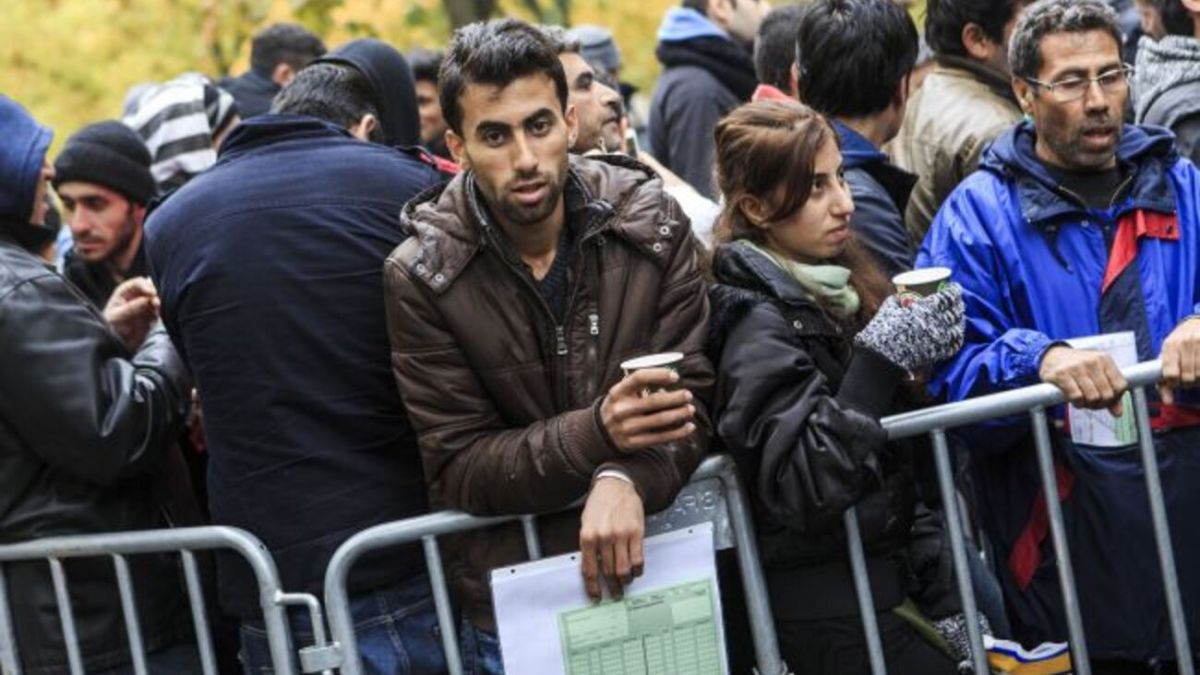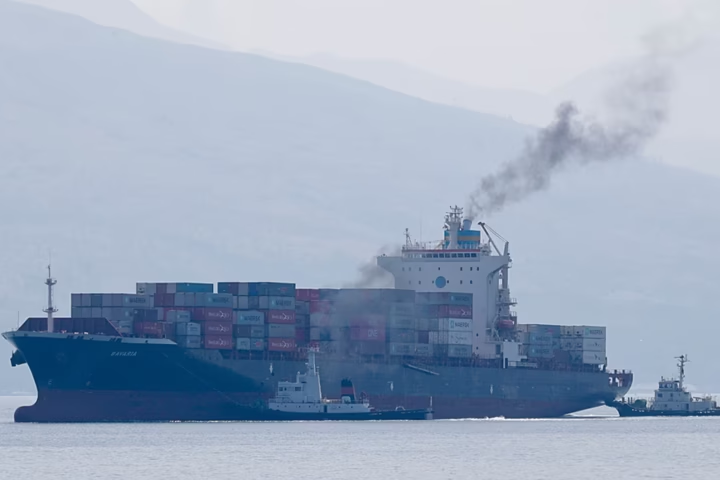In a landmark step toward reshaping Europe’s migration framework, the European Union (EU) has announced a new policy that will see asylum seekers relocated from Spain, Italy, Greece, and Cyprus to other member states. The decision forms part of the EU’s broader effort to distribute migration responsibilities more evenly, particularly across countries that have long borne the brunt of arrivals via the Mediterranean and Eastern routes.
This initiative signals a significant move from voluntary burden-sharing to a structured and mandatory solidarity mechanism, forming a central component of the EU’s new Pact on Migration and Asylum.
What the Designation Means
The European Commission has designated Spain, Italy, Greece, and Cyprus as countries “under migratory pressure.” This triggers several mechanisms to ensure a fair distribution of asylum responsibilities across the EU:
- Relocation Requirement: Member states will be required to share the responsibility for processing asylum seekers, either through relocations, financial support, or operational assistance.
- Solidarity Pool: An annual solidarity fund will set minimum contributions in both relocations and financial aid. Early projections include around 30,000 relocations and €600 million in annual support.
- Flexible Contribution Options: Countries can choose between accepting relocated asylum seekers, paying a set fee per person they do not accept, or providing operational resources to support border management and reception efforts.
- Implementation Timeline: The new relocation system is expected to take effect by mid-2026, providing time for member states to establish the necessary infrastructure and coordination.
Why These Four Countries?
Spain, Italy, Greece, and Cyprus have long served as Europe’s main entry points for asylum seekers and migrants arriving from Africa, the Middle East, and Asia. Their geographic position on the EU’s southern borders makes them natural frontline states for irregular arrivals and rescue operations.
- Spain and Italy handle large inflows via Mediterranean sea routes, including migrant rescues and irregular landings.
- Greece and Cyprus face high arrival rates from the Eastern Mediterranean, often linked to regional instability and cross-border displacement.
Designating these countries as “under migratory pressure” acknowledges the unequal strain they have faced and opens access to shared support from the broader EU community.
Challenges and Resistance
Despite the potential for improved burden-sharing, the relocation plan faces several challenges:
- Political Opposition: Some EU member states remain opposed to mandatory relocation, citing sovereignty concerns and domestic opposition to migration.
- Operational Complexity: The transfer process requires significant coordination between national authorities, particularly in verifying asylum claims and organizing logistics.
- Integration Capacity: Host countries must be prepared to provide adequate housing, social support, and integration programs for relocated individuals.
- Historical Precedent: Previous voluntary relocation programs have struggled to meet targets, with only a small fraction of planned relocations implemented.
These challenges highlight that solidarity in principle must translate into solidarity in practice for the new policy to succeed.
Implications for Europe’s Migration System
The relocation initiative is poised to reshape Europe’s asylum landscape in several important ways:
- Shared Responsibility: A legally binding mechanism creates a more equitable approach to managing asylum flows across the continent.
- Predictability for Frontline States: By guaranteeing support, countries under pressure can better plan and manage arrivals without facing humanitarian bottlenecks.
- Enhanced EU Cohesion: The plan aims to reduce political friction between northern and southern states, long divided over migration responsibilities.
- Policy Modernization: The relocation mechanism is complemented by broader reforms, including streamlined asylum processing and improved border management.
Outlook and Next Steps
Over the coming year, EU member states will finalize their contribution levels—either through relocation commitments, financial support, or operational assistance. The program will enter full effect once national systems are aligned with the EU’s standardized framework for asylum and migration management.
The success of the initiative will depend on sustained political commitment, transparent implementation, and cooperation among all member states. If effectively executed, it could mark a turning point in the EU’s ability to balance humanitarian responsibility with regional stability.
Conclusion
The EU’s mandatory relocation program represents a pivotal evolution in Europe’s migration policy, addressing long-standing imbalances in the asylum system. By combining capital protection for frontline states with solidarity among member nations, the Union seeks to create a more resilient and humane framework for managing future migration challenges.
For Spain, Italy, Greece, and Cyprus, the move offers long-awaited relief and recognition. For the broader EU, it is a crucial test of unity, compassion, and shared responsibility in the face of one of the continent’s defining challenges.
























